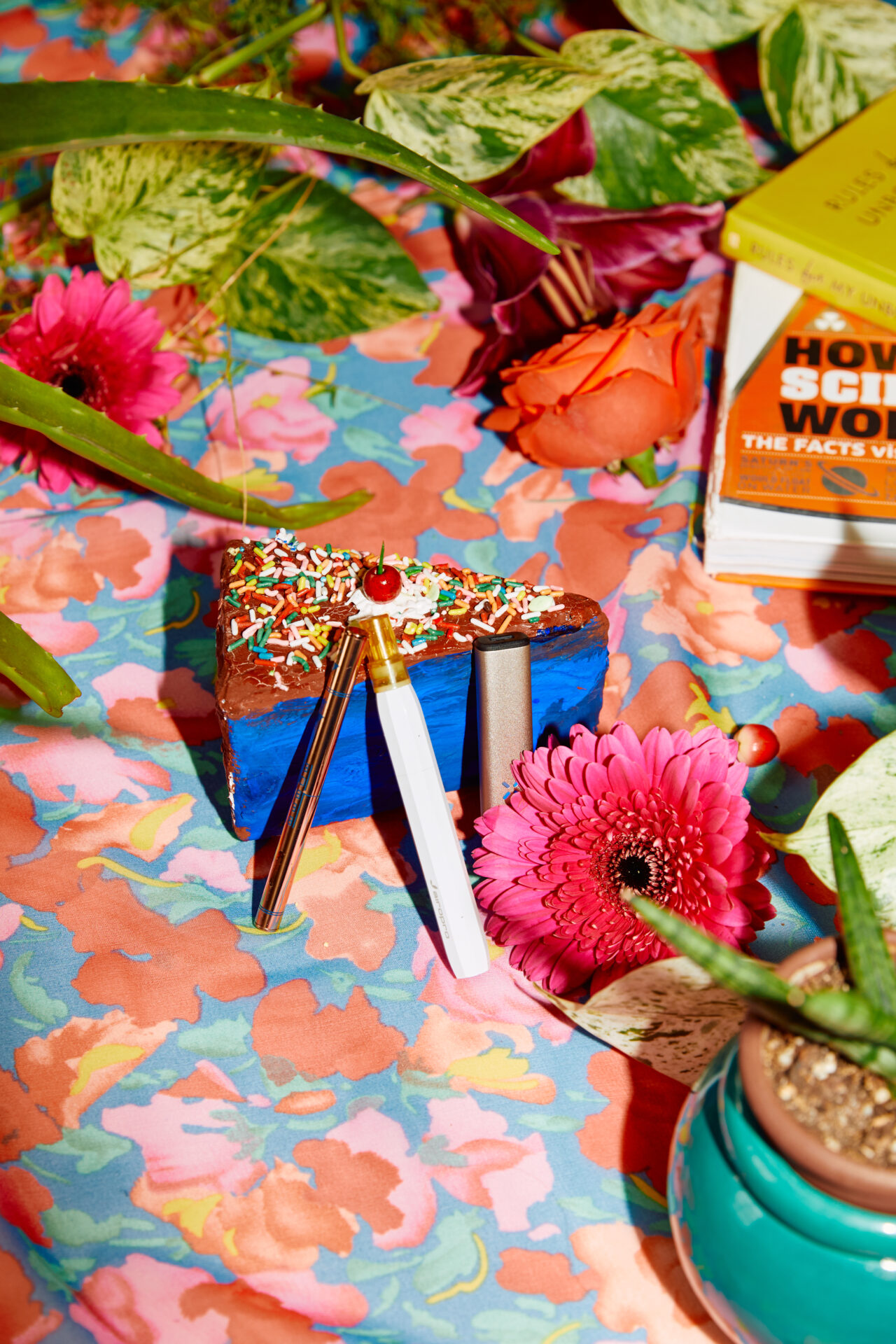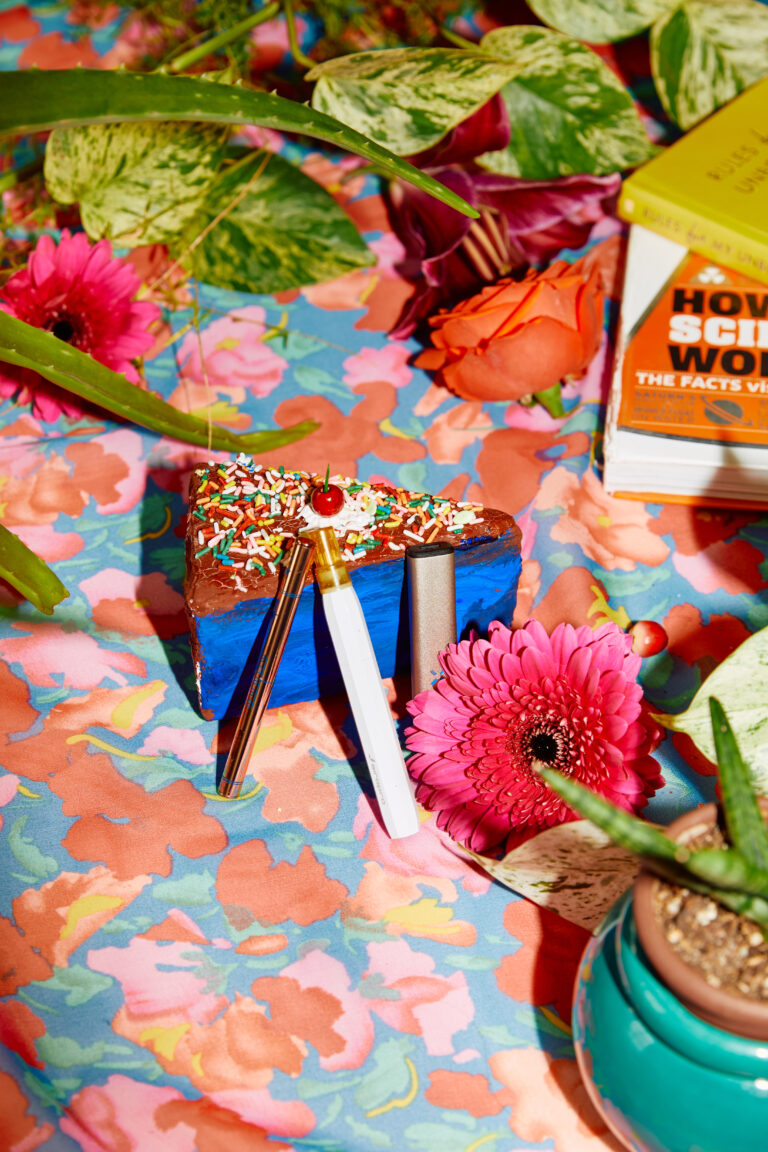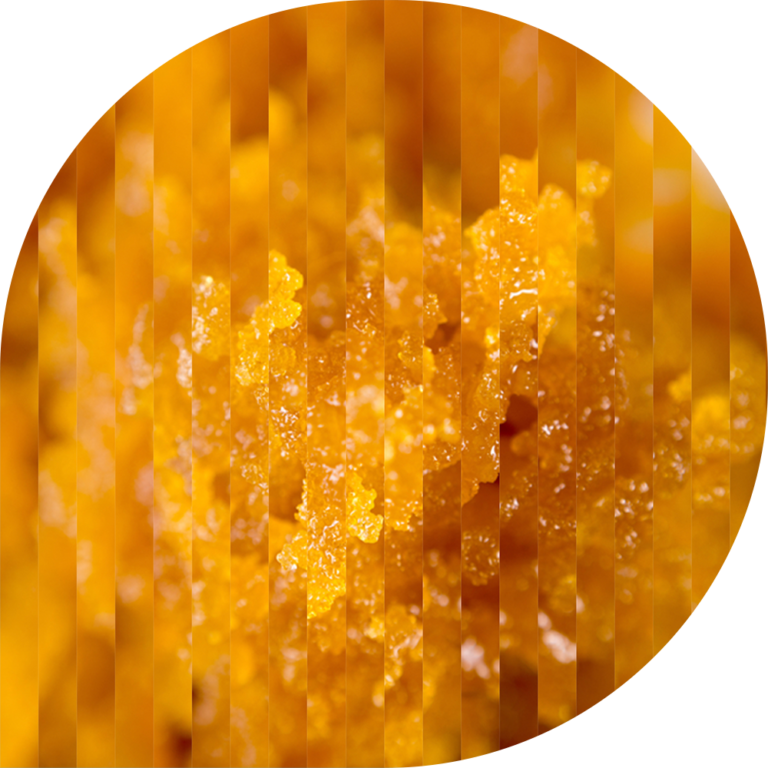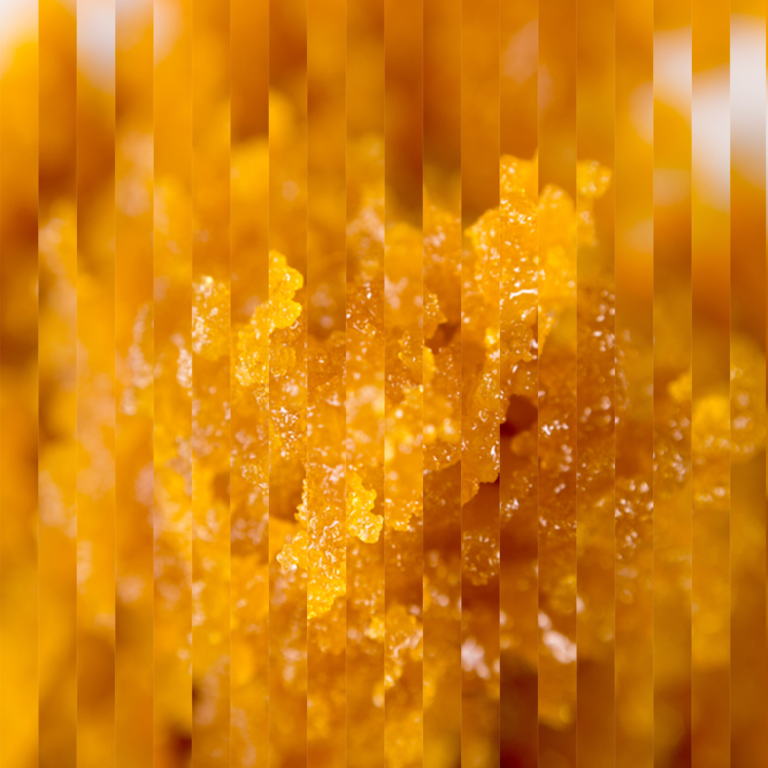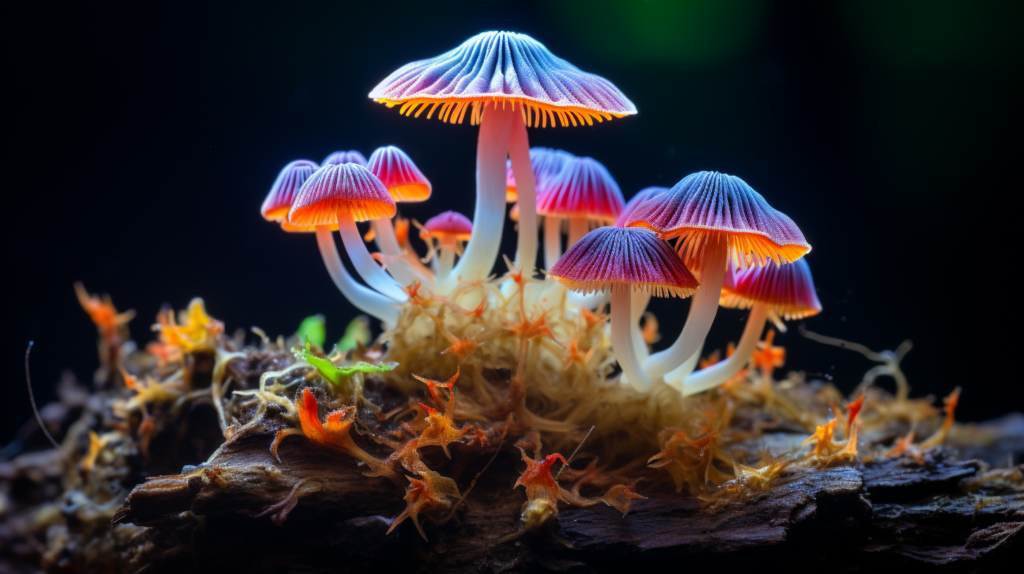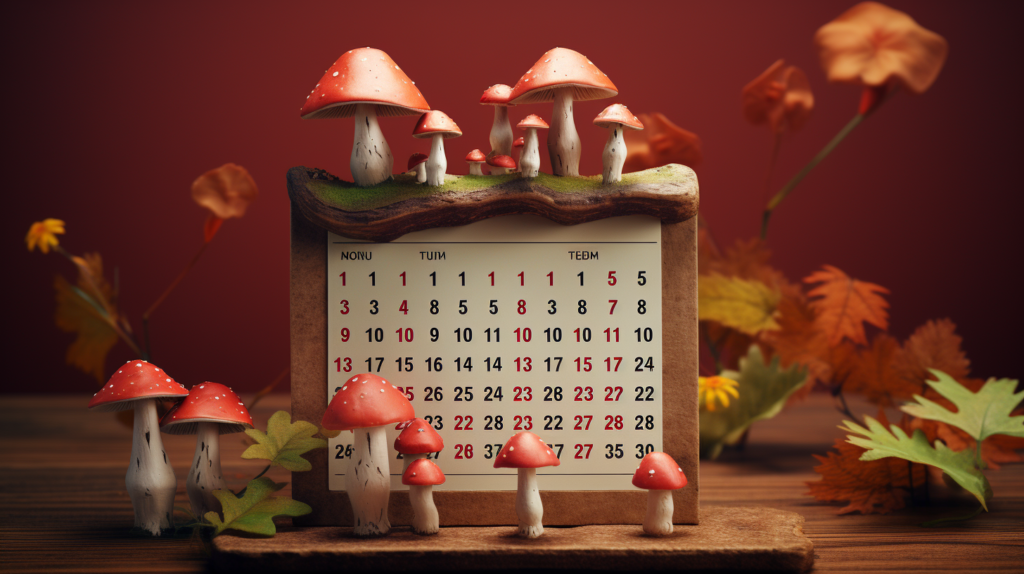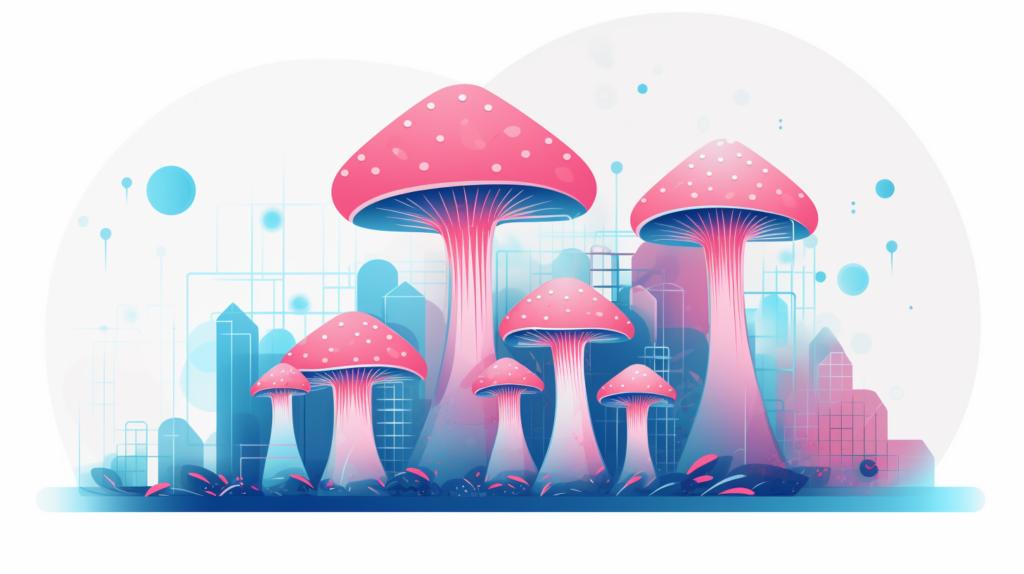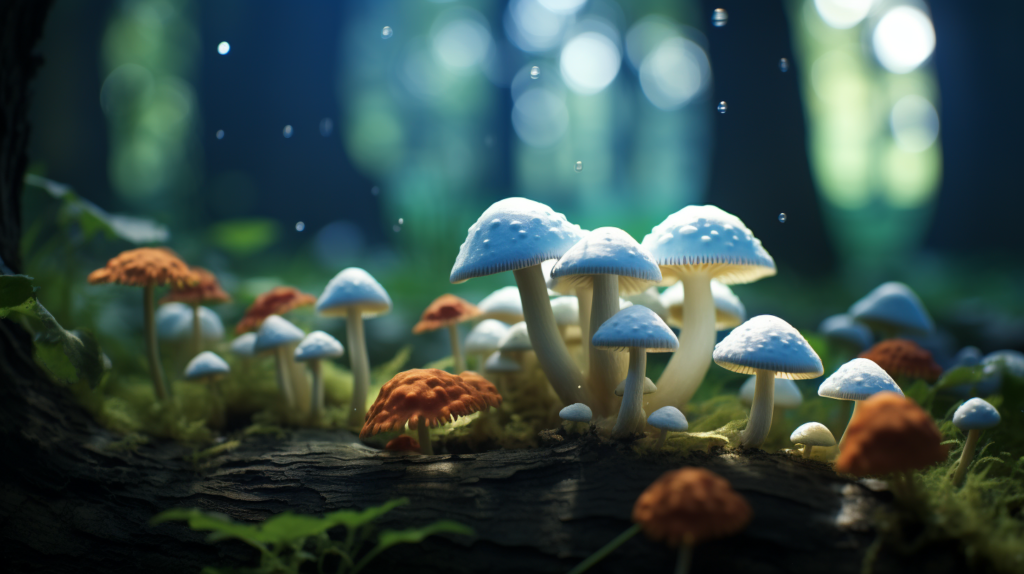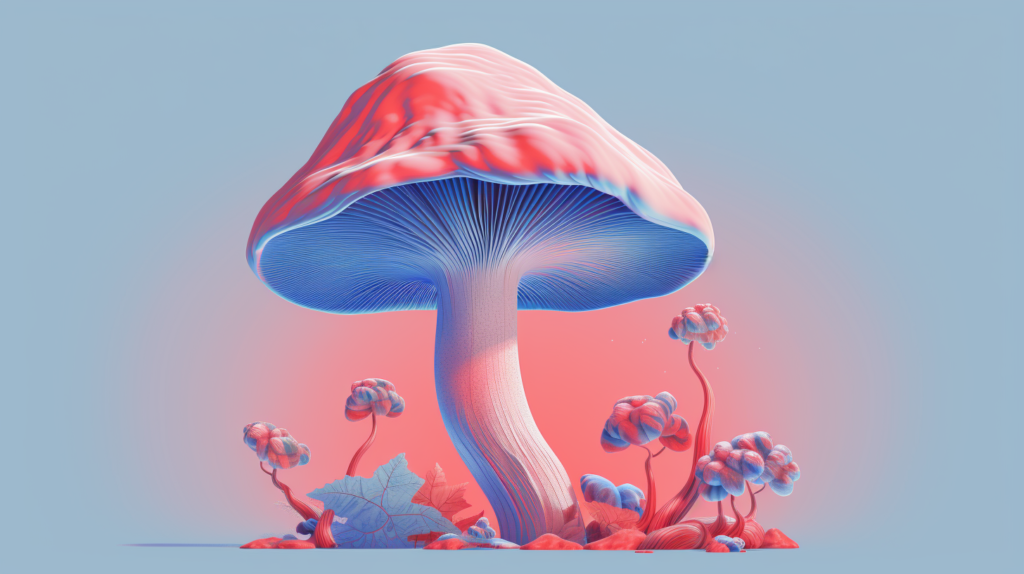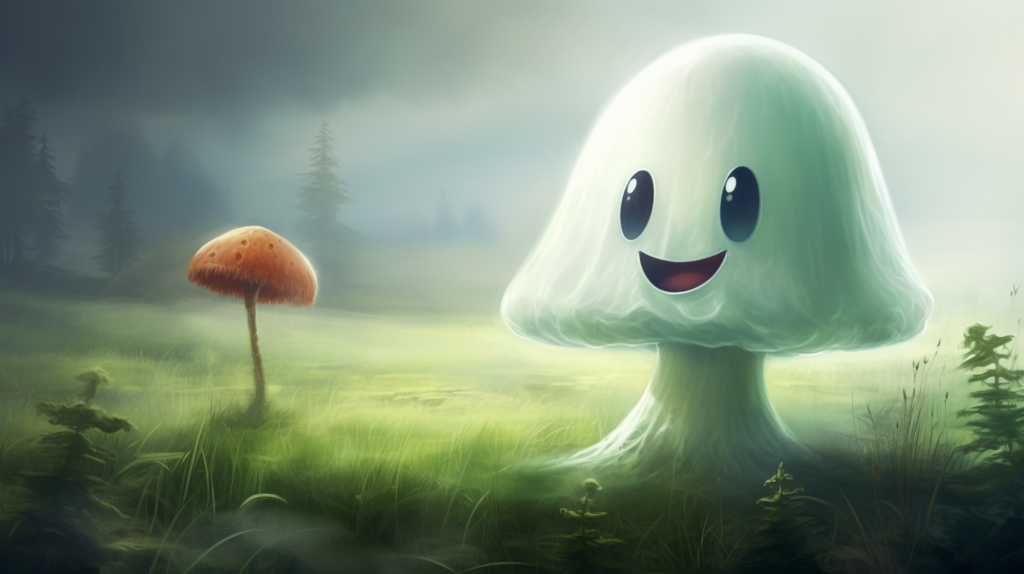0:00:00.4 April Pride: This podcast discusses cannabis and is intended for audiences 21 and over.
0:00:09.5 Elise McRoberts: I think we still have a long way to go because I actually go into all of our retail partners, and I always ask in the training, who knows the difference between live rosin and live resin, and more times than not, the majority of the people working don’t know.
0:00:25.1 April Pride: Welcome to The High Guide. I’m your host, April Pride. The first time I saw the word rosin, I assumed it was a misspelling of resin, and when I started seeing live rosin and live resin on menus at cannabis shops, I only got more confused. Nowadays, it seems as though there’s a new type and texture of cannabis concentrate appearing on the regular. With the 7/10 or July 10th or the 420 of oil celebration happening tomorrow, this episode of The High Guide gathers up the latest and greatest in dabbing and sorts it out, so you can approach concentrates and tomorrow’s high holiday with a little more confidence thanks to today’s High Guide, Elise McRoberts, CMO of Doc Greens, a Bay Area cannabis company, dedicated to 21st century hash. Are you intrigued? Here’s more of what Elise will share with us on today’s 7/10 dedicated show.
0:01:19.2 April Pride: What does hash have to do with oil and a vape pen, what’s the difference between live resin and live rosin and why does it matter? The difference between badder, budder and diamonds and what qualifies someone as a solventless snob. Concentrates are confusing, right? There are lots of different types, they all are similar in color, some are more yellow, some are more brown, some are crumbly, viscosity is different. Can you just tell us what’s up with all of the concentrates, why you would choose one over another?
0:02:01.4 Elise McRoberts: So I love to start with hash, the original concentrate. Hash has been around obviously as long as the cannabis plant, and I believe humans have been consuming hash since biblical times. And hash is a concentrate that has been consumed around the world, and what hash is, is essentially it’s just the separated resin from the cannabis plant matter. What those trichomes hold are the cannabinoids, the terpenes, the flavonoids. And then so you’re getting all of that in a concentrated form, but essentially hash is the original concentrate.
0:02:37.1 April Pride: Okay, so hash is the OG of the concentrate world, but how does the age-old extract influence the new age of products appearing.
0:02:47.0 Elise McRoberts: Everything today, which even a lot of people just call live rosin or live resin hash for slang. For slang, we call it modern hash because we’re doing the same thing, collecting the resin or cannabis trichomes and are separating from the plant matter the things you don’t want, like fat, waxes, lipids that you do get when you combust flower.
0:03:08.9 April Pride: I do wanna ask you a question, Elise because live rosin, fresh frozen, these are terms that I like, nobody was using six months ago, and now it’s everywhere.
0:03:25.9 Elise McRoberts: I think we’re just in the midst of the rosin revolution like solventless renaissance, meaning that, like you said, these terms and products are getting somewhat into the mainstream live rosin or what people refer to as solventless extracts, don’t use any chemical or hydrocarbon solvents to separate the resin from the plant, we just take the fresh frozen flower, make ice water hash the traditional way, which putting the fresh rosin flower to bath device, mesh bags and then collecting the hash through the bags, and then that hash is freeze-dried and then we press it into live rosin, so just minimal heat and pressure, so nothing is touching the flower aside from ice and water before it becomes rosin. Both live rosin and live resin start from fresh frozen flower, and then the difference is live resin is they’re using a hydrocarbon gas to separate the resin from the plant material.
0:04:23.2 April Pride: Okay. Wow, I just had a light bulb moment. Eureka, I’ve been shaking on my understanding of live rosin and live resin until now, so both start with fresh frozen cannabis, which is why it’s called live, but rosin means solventless extraction and resin indicates solvent-based, but what’s the difference between starting with live or fresh frozen plant matter, and the traditionally cure cannabis.
0:04:46.5 Elise McRoberts: Fresh frozen, that means as soon as the flower is harvested ideally like it’s peak perfect time, it has to be frozen within an hour of that time to be considered fresh frozen, and what that freezing does is basically kind of stop time for that cannabis plant, because any time when the plant hangs to cure or just left out, all those terpenes are so volatile, they’re coming off at every moment. So by freezing the plant in that moment, it’s like, okay, we’re stopping her from losing the terpenes or anything else, or really like changing until then it’s made into hash and then the rosin. And so having as little interference and then also no chemicals interacting is you’re just really preserving that plant at that time of harvest or ideally closest thing to it. So then when you’re vaporizing that concentrate, that’s what you’re experiencing, and so it’s just the belief that you’re getting true plant medicine as close to the way that nature intended.
0:05:49.6 April Pride: Okay, so my understanding of starting materials and solventless extraction has just leveled up tremendously, which takes us to the next topic of conversation, solvent-based extraction, more commonly referred to as hydrocarbons, and these are concentrates that utilize solvent to separate the trichomes from the plant matter and seem to come in a new type and texture every day.
0:06:12.8 Elise McRoberts: Hydrocarbon extracts are your butane, your pentane, your hexane and that’s the solvent that makers use to separate the plant resin or the resin from the plant. And then also in the hydrocarbon category would be your live resin, which BHO stands for butane hash oil. And so butane is primarily the most popular when it comes to hydrocarbon extracts, sugar or diamonds and sauce, and all these budders, badders, there’s a ton of names for basically just… That really refers to as what kind of texture the end product is. Most of those are solvent-based extracts as well. I’d say most people are using probably butane or a hydrocarbon, and then there are people who use ethanol and CO2.
0:07:09.6 April Pride: So this concentrate conversation is getting less confusing by the second, right? We see a wide variety of hydrocarbon concentrates on store shelves these days, but it’s really just a matter of the starting material cured or fresh frozen, the chosen solvent, BHO, PHO, CO2, etcetera, and the resulting texture, butter or badder, shatter or diamonds, etcetera, that determines what the product is called. But once you head back in the world of solventless concentrates, how does one choose which to consume?
0:07:38.6 Elise McRoberts: Why should high quality products be a luxury? I pretty much, I guess I’m a solventless snob, and I pretty much stick to live rosin products that were made without solvents. However, that I have had some good BHO as we call it, or live resin. And so I definitely, I’m not knocking that I just don’t consume it as much if I compare dabbing a BHO concentrate, which I do from time to time, because like I said, I’m not knocking those. I have friends in that space, they make beautiful concentrates, and also not all strains are hashy strains or I should say not all cultivars will work for hash. Meaning there’s just some cultivars that don’t, as we say, wash well or yield well, and you’re not going to get that great expression of the terpenes in the hash, but therefore, those flowers when extracted using hydrocarbon, you actually can get a nice collection of the cannabinoids and terpenes and produce a great extracts. So if there’s some cultivars or flavors, like a good one like… That just like you don’t usually see in rosin, kind of like, OGeez, you can then enjoy them in BHO form.
0:08:54.3 April Pride: Well, there you have it, while there’s no shortage of options for concentrate consumption, we hope you feel more informed on which one suits your style. A quick review. What’s the difference between live resin and live rosin? While both start with fresh frozen flower, live resin uses a solvent for extraction and live rosin is solventless. One great reason to choose fresh frozen product? Terpene retention. What’s the most common solvent used in extraction today? Butane which makes BHO. Should you find yourself confused between budder, badder and diamonds, just think texture. Feel free to ask your budtender for clarification on the extraction method and starting material. If they don’t know, they can find out. And remember, people consider themselves solventless snobs for good reason, but that doesn’t mean that hydrocarbon concentrates are inherently dangerous. It’s a matter of plants, purity and ultimately preference.
0:09:49.3 April Pride: Thanks for listening to this episode and join me, April Pride every Friday at 1:00 PM Pacific in Clubhouse, where we cover all things A to Z plant-based pleasures. Of course, you can find a new episode of the High Guide every Friday. Subscribe and follow wherever you listen to podcasts. And if you’re looking to stay in closer contact, give us a follow on Instagram @thehighguide and subscribe to our newsletter at www.thehigh.guide.


